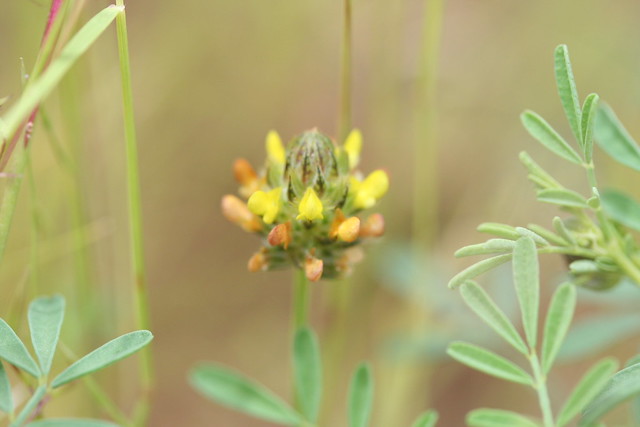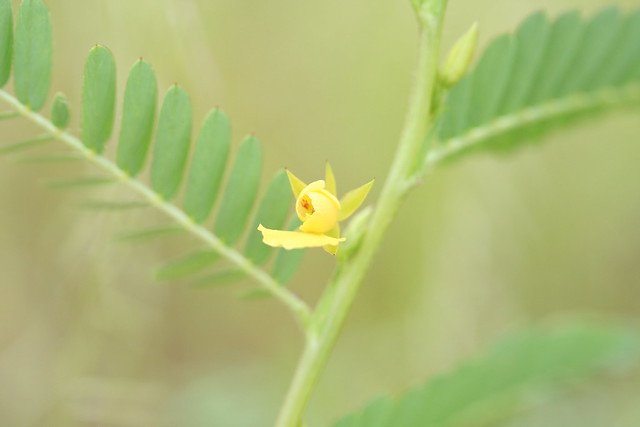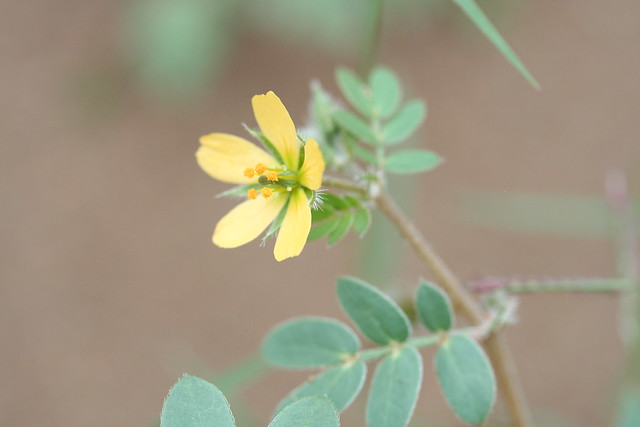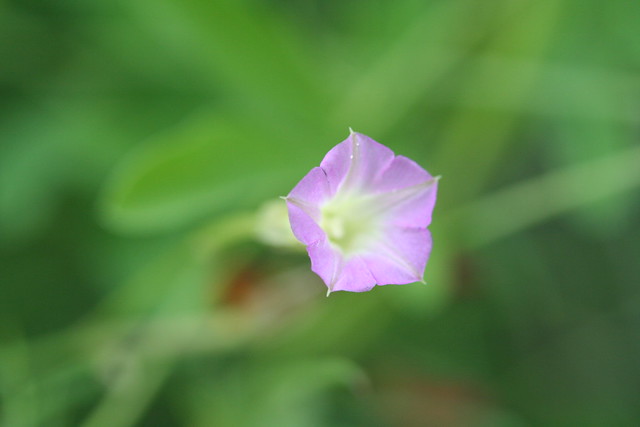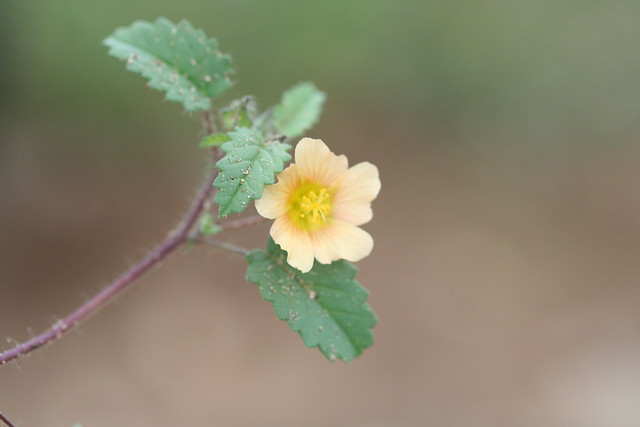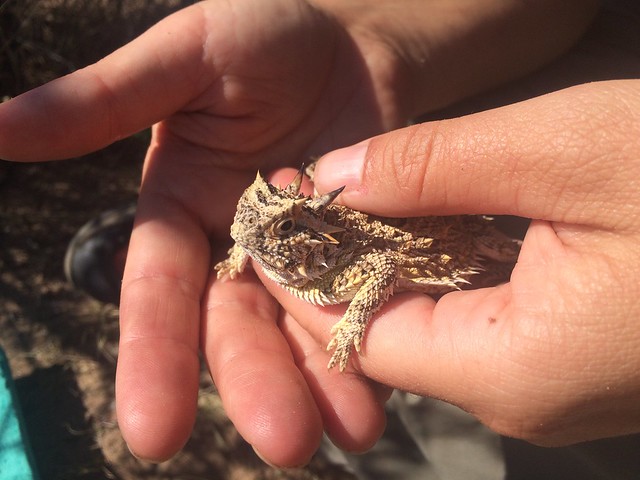If four legs are great, six legs are better. Right? For forty years now, the Portal Project has primarily focused on two-legged creatures trapping, studying, and sometimes cuddling small, furry four-legged creatures. But we haven’t ignored the six-legged inhabitants of our long-term research site, and I am going to tell you more about them now.

Which one of these is least like the other?
I am the Ernest lab entomologist, who doesn’t consider herself an entomologist. I am interested in biodiversity, community, and macroecological patterns like those studied by generations of Portal rodent researchers. I just happen to study them using bees. There are over twenty thousand species of bees in the world, and about four thousand in North America. My research so far has focused on the community ecology of native bees in a global hotspot of bee diversity in California. But as fate or luck would have it, another documented haven for native bees lies just down the road from our long-term rodent site in Portal. Between 2000 and 2007, bee researcher Robert Minckley documented 383 different species and 69 genera of bees from the San Bernardino Valley of Arizona and Mexico. The Smithsonian’s Southwestern Research Station, which is nestled up in the hills only a few miles from our rodent site, also celebrates the insect diversity of this area with field courses focused on bees or ants that attract dozens of eager entomologists from all around the world every summer.
A few months ago, I set out to see what kind of six-legged creatures we have scurrying around at Portal. My adventurous and ever-curious lab mates were willing to help, and (I think) even had a bit of fun learning to collect, pin, and curate bugs. During the March and May 2017 rodent censuses, we used a variety of passive (let the insects come to the trap) and active (go get ’em!) methods of insect collection to sample the local diversity on six legs:
- Pan traps are brightly colored bowls full of soapy water that (passively) attract flying insects like bees that visit the bowls, fall into the water, and can be strained out and examined later.
- Aerial nets (or “butterfly nets”) can be used to actively snag insects flying by or foraging on flowers, or can be used to more methodically sweep the ground to sample insects hiding in the grass or shrubs.
- Blacklights lit underneath a white sheet at night passively bring in moths, roaches, and other nocturnal creatures that are drawn to ultraviolet wavelengths, perhaps because they confuse them with the moonlight they use to navigate, and can be scooped into collecting vials from their perches on the sheet.
- Pitfall traps are plastic containers that are buried in the ground with their top openings flush with the ground level and covered with a coarse mesh with a hole in the center. Insects walking along the ground cross the mesh, fall into the hole, and are preserved in a small amount of ethanol at the bottom of the container. Do you think this is active or passive insect collecting? (Hint: we leave them out all day and only come back at dusk to check what is there.)
- The crowd favorite was probably the “beat sheet,” which is simply a white sheet placed on the ground underneath an intriguing shrub, which is then vigorously beat with a piece of PVC pipe, a shovel, a hockey stick — really any bludgeoning tool will work. Insects that fall onto the sheet are then sucked up into an aspirator device — like a tiny, scientific, human-powered vacuum — and transferred into a collecting vial. This method of collecting is pretty active!

Erica and Ellen getting cozy with the shrub they are about to beat.

Pitfall trap, ready to go.

All smiles discovering the contents of their pan traps.

Glenda and Kristina would never really drink ethanol.
The spoils of our collecting efforts were creepy, crawly, and diverse. The field crew had fun learning to pin them using the cooler and truck tailgate as our insect lab. Then I mailed them back to the lab and have been working on labeling, curating, and identifying our new Portal insect collection.



Then just last week I took them to campus for a photo glam session with the fancy microscope camera. Take a look:
This slideshow requires JavaScript.
I’m certainly not the only one who has been interested in the insect fauna in and around the rodent plots at Portal. Ants were actually a big part of the original research design. Between 1977 and 2009, ant colonies were censused once a year at every stake on all the plots, and between 1988 and 2009 ants were also baited (with Pecan Sandies!) and counted at 25 stakes in the thirteen unmanipulated plots. Research papers using this data, which is available to the public on the Weecology GitHub PortalData repository, have been authored by Tom Valone, Mike Kaspari, and more. Other brilliant ecologists like Deborah Gordon and Nate Sanders have also studied ant diversity, behavior, and community composition in the valley around our research site. I was actually following some of these researchers’ work long ago when I was first looking for graduate advisers and nerding out over my giant book about ants. And now here I am, working with the rodent branch of the legendary Portal Project while focusing on bees for my own work. It’s a small world after all, full of small six-legged wonder.
Learn more by checking out some of the published science on the ecological entomology around Portal:
Gordon, Deborah M. 1999. Ants at work: how an insect society is organized. Simon and Schuster.
Davidson, D.W., Inouye, R.S., Brown, J.H. 1984. Granivory in a Desert Ecosystem: Experimental Evidence for Indirect Facilitation of Ants by Rodents. Ecology, 65(6), 1780-1786.
Kaspari, M., & Valone, T. J. 2002. On ectotherm abundance in a seasonal environment—studies of a desert ant assemblage. Ecology, 83(11), 2991-2996.
Minckley, R. 2008. Faunal composition and species richness differences of bees (Hymenoptera: Apiformes) from two north American regions. Apidologie. 39: 176–188.
Sanders, Nathan J., and Deborah M. Gordon. 2003. Resource‐dependent interactions and the organization of desert ant communities.” Ecology 84.4: 1024-1031.
Sanders, N. J., & Gordon, D. M. 2000. The effects of interspecific interactions on resource use and behavior in a desert ant. Oecologia, 125(3), 436-443.
Valone, T. J., & Kaspari, M. 2005. Interactions between granivorous and omnivorous ants in a desert grassland: results from a long‐term experiment. Ecological Entomology, 30(1), 116-121.

This four-legged creature thinks Portal is just the best place she’s ever been.


